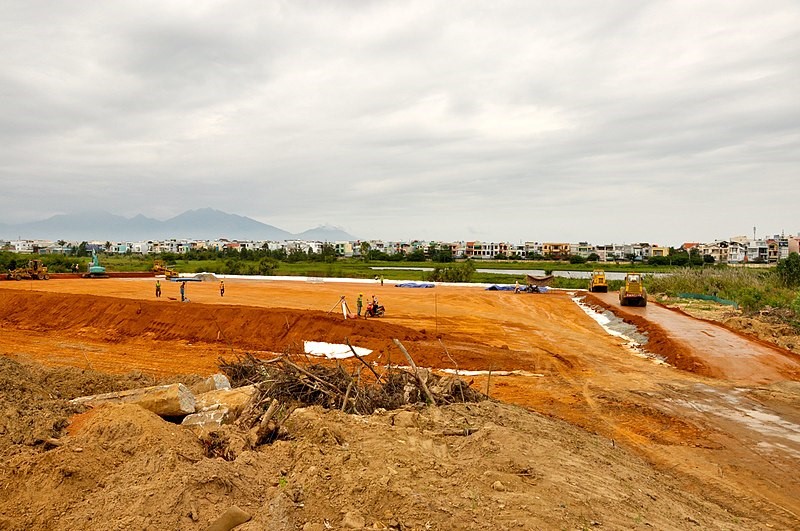How Are Remediation Activities Designed and Planned?
Top Theme Parks in the UK
February 26, 2020To brand or not to brand?
February 27, 2020What Is Contaminated Land Remediation?
According to the UK government, any failure to deal with contaminated land could cause ‘harm to human health, property and the wider environment’, and failure to adequately deal with it could go against specific environmental laws such as the Water Environment Regulations of 2017.

Contaminated land remediation involves the assessment and clean-up of any land which is deemed an “unacceptable risk to human health or the environment”, according to part 2 of the Environmental Protection Act 1990. The UK government have issued guidelines on how this should be dealt with via their statutory guidance.
Legislative Requirements
Land remediation is a complex process with certain processes and procedures needing to be followed if one is to avoid harm to both human health and the local environment.
Such measures include complying with the legislative requirements for how to deal with contaminated land.
There are also rules surrounding those who intend to dispose of the waste, as they are also required to have a waste management license or permit. Other more hazardous waste materials are also subject to more stringent controls, such as the Special Waste Regulations of 1996. There are then separate guidelines on how to deal with waste soils, which could contain seeds or extracts from other contaminated sources and could be hazardous to both human health and the wider environment.

There are also strict guidelines from the UK Environment Agency, and workers are required to complete a ‘land and groundwater remediation deployment form’ (MPP2) prior to any work taking place.
The forms are incredibly thorough and require a level of expertise for completion. They require:
An EPR permit number
A grid reference of where the site remediation work is to take place
A detailed site plan for the work
Business and contact details for both the business and main contact of the contractors
A breakdown of the contaminants with security information about the site
Potential risks in relation to the work being carried out
It is therefore essential that anyone carrying out this work is firstly licensed to do so and secondly an expert in the field. It is also essential that all of the above factors are taken into consideration during the designing and planning phase and that any unanswered questions be addressed.
Warning: Trying to access array offset on value of type null in /home/speakyma/public_html/checkyourhud.com/wp-content/themes/betheme/includes/content-single.php on line 286



